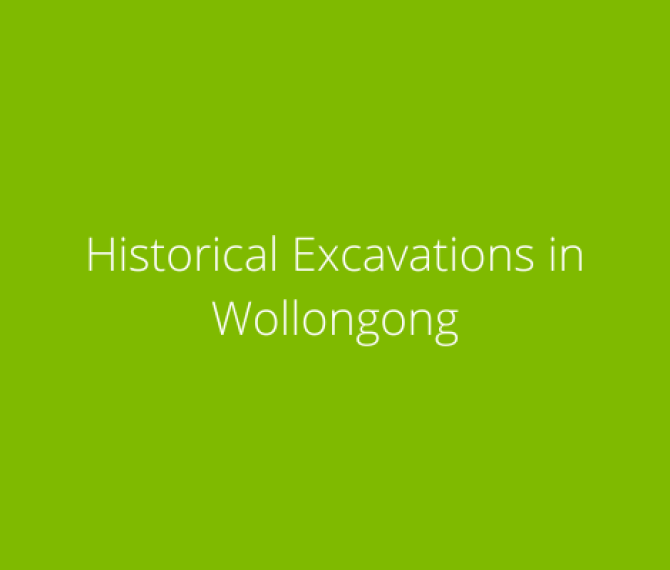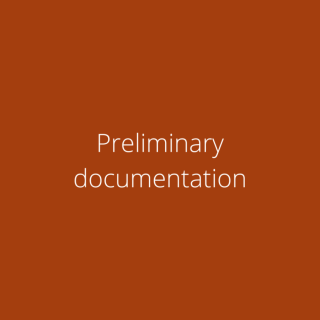Historical Excavations in Wollongong
Our Senior Archaeologist Alex Beben and Excavation Director Dr Iain Stuart (JCIS Consultants) along with archaeologists from our Sydney and Wollongong offices have just concluded the two largest historical excavations ever undertaken in Wollongong. Both excavations are located within part of Wollongong surveyed in 1834 and granted in 1835 at the junction of Crown and Corrimal Streets which was an important thoroughfare in the centre of Wollongong. Crown Street became the main commercial centre of Wollongong during the 1850s and 1860s and the site once contained a number of prominent local businesses such as the Elliotts Family Hotel (1841 – 1915), Oxford Hotel (1916 – 2014), Cricketers Arms Hotel (1859 – 1943), Temperance Hall (1871 – 1889) and a range of residential dwellings.

The Biosis team completed full archival recording of the iconic Oxford Hotel on Crown Street prior to demolition, then a full archaeological excavation of the site. The excavation recorded the foundations of the Wollongong Head Inn (later Elliotts Family Hotel) which was constructed in 1841 by Alexander and Edward Elliott. Extensive research undertaken by Biosis has identified that the hotel was renamed the Royal Hotel in 1862 and renovated by Joseph Makin in 1893 but closed in 1911 and demolished to make way for the Oxford Hotel in 1915. Several outbuildings including a high density of artefacts dating to the late nineteenth century were uncovered. Biosis also uncovered the substantial stone foundations of the former Temperance Society Hall constructed in 1871 and capable of seating 400 people. At the time of its construction and operation the Temperance Hall was the largest public space in Wollongong. The Temperance Hall was sold in 1889 and briefly operated as the Elite Skating Rink before its total destruction by fire. A substantial, artefact rich burnt deposit was encountered during the archaeological investigations.
Following completion of the Oxford Hotel excavation, Biosis commenced an excavation for a separate development on the adjacent corner of Crown and Corrimal Streets. This site contained the archaeological remains of the Cricketers Arms Hotel, including an impressive sandstone cellar, several residential dwellings to the rear, a well and privies. The Biosis team identified a number of artefacts including coins, bottles, ceramics and household refuse during the excavations. From the 1930s the Dwyer family purchased all of the lots at the corner of Crown and Corrimal Streets and demolished a number of buildings including the Cricketers Arms Hotel in 1943. The site eventually went on to become one of the largest car dealerships in NSW. Biosis believes that the archaeological remains have the potential to yield information relating to the development of Crown Street (and central Wollongong). The range of residential dwellings present may also provide an insight into the socio-economic conditions present within Wollongong during this period.
The projects have generated a high level of public and media interest with over 600 people attending two public open days.
For more information contact our Wollongong office on 02 4201 1090.






